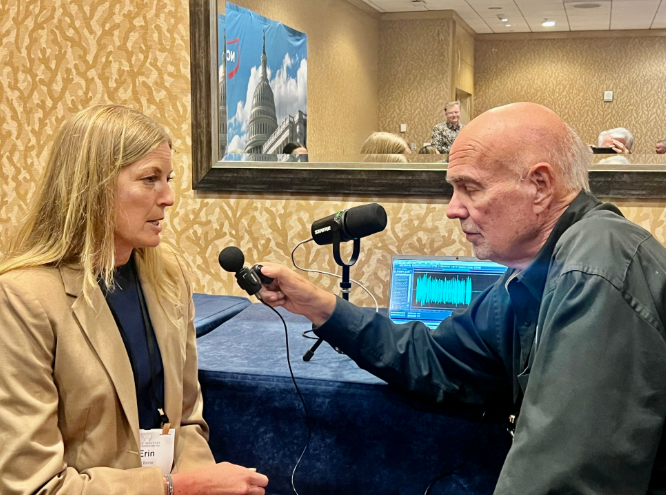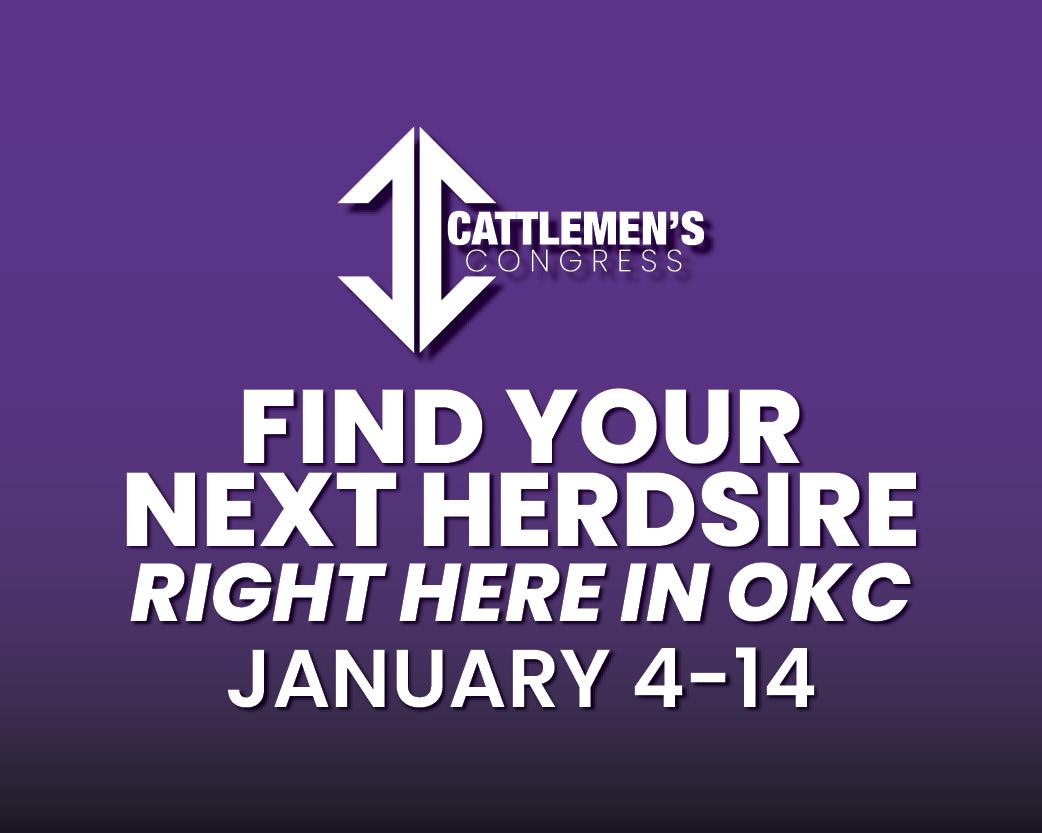
At the Cattle Industry Summer Business Meeting in San Diego, Senior farm and ranch broadcaster Ron Hays spoke with Erin Borror from the U.S. Meat Export Federation. Our Coverage from San Diego is powered by Farm Data Services of Stillwater.
Erin Borror outlined the complexities of exporting U.S. beef to the European Union, citing high production costs and regulatory hurdles. “You’re looking at an incredibly expensive product, the never, ever type concept, right? So non-hormone-treated cattle,” she explained. Despite having a 35,000-ton duty-free quota, the U.S. is currently utilizing only 43% of it. “The costs of producing for Europe are tremendous, trying to pass on that beef price into the European market does just limit the total market potential.”
Borror also highlighted recent developments with the United Kingdom, noting that while access had been lost due to Brexit, some has now been regained. “It’s about 8,700 metric tons right now. It started on June 30. We’re honestly still trying to work out the mechanics of like, literally, how this quota can be utilized,” she said. Although the UK access comes with “zero tariff,” the beef must still meet all EU requirements, making it “that very high-cost product.”
The Middle East offers important export value, particularly in specialty meats. “If you count Egypt in the Middle East, then that would be heavily livers, also some kidneys,” Borror stated. She also pointed out growing demand in high-end markets like the UAE and Saudi Arabia. “We remain, you know, very reliant on the Egyptian market for those variety meats,” while also targeting “higher-end retail and food service demand” in other Gulf countries.
Africa is another region Borror finds promising, especially for pork variety meats. “There is potential,” she said, explaining that Europe currently dominates the region. “We are so reliant on China… can we do business basically at cost, to try to get some of that channel going?” She credited Matt Copeland, who runs USMEF operations in Africa, for “constantly… discovering new kind of matchmaking opportunities.”
Looking ahead, Borror emphasized trade negotiations and the importance of reducing barriers. “We have very high barriers in [Southeast Asia]. It’s tariff and non-tariff,” she noted, adding that the August 1 deadline for reciprocal tariffs looms large. On China, she said, “We need a wider engagement breakthrough to where we can have our beef access restored.” She remains cautiously optimistic, saying, “I’m trying to remain optimistic for breakthroughs with these countries.”
The Beef Buzz is a regular feature heard on radio stations around the region on the Radio Oklahoma Ag Network and is a regular audio feature found on this website as well. Click on the LISTEN BAR for today’s show and check out our archives for older Beef Buzz shows covering the gamut of the beef cattle industry today.


















